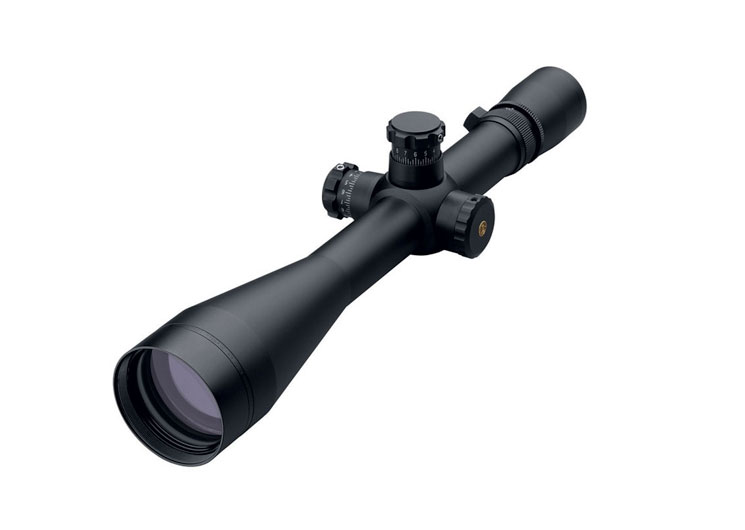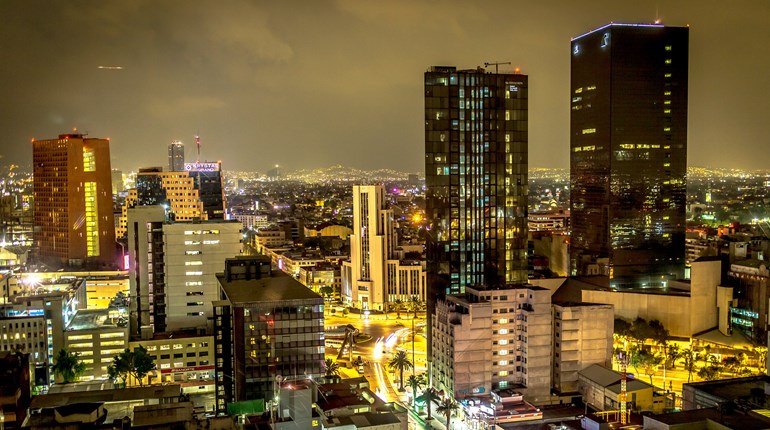
Optics are perhaps the most counterfeited shooting product, with the vast majority of forgeries coming from Asia.
Interestingly, the bulk of these fake scopes are tactical models. "The main counterfeit products are Aimpoints, EOTechs and Leupold Mark 4 scopes," said Optics Planet's Steve Ledin. "The phony copies we have seen have been returned by customers looking to scam us. My team of product specialists are trained to spot these copies, and we know when these come in because it is a daily task to review all returns. You can tell by the smell (very often, offshore products have a smoky scent), the way the magnification ring works, the quality of the rubber, the inside of the battery compartments and other indicators."
While a reputable retailer won't stock or process counterfeit scopes, there are plenty of untrustworthy merchants that will jump at the chance to turn a profit off a cheap knockoff made to look like a superior tactical optic. How, then, do manufacturers safeguard their brands and their customers?
"We are being active in going after the sellers of these products in a legal manner whenever we can," said Leupold's Pat Mundy. "We are fortunate to have great customers who often call us and report seeing people selling these counterfeits—so we find out a lot of times where they are being sold, what product, where they are coming from, etc."
"Most of the counterfeits come straight from China and the regulations that protect patented products are not strictly enforced on the Chinese side," according to EOTech's Amy Miller. "As a corporation we really don't have much recourse until the counterfeits actually land on U.S. soil. With the help of the Department of Homeland Security and the U.S. Immigration and Customs Enforcement Agency we have just begun to put a dent in the shipments entering the United States."
How do you know if your optic is a fake? "For the average consumer it can be very difficult to spot a counterfeit EOTech because the exterior of the sight is usually almost identical, right down to our actual logo being printed on the counterfeit model," Miller explained. "The real difference is the inner mechanics. We have a lot of great information posted on our website about how to spot a counterfeit."
Leupold also has a page on its website detailing how to determine if a scope is real or fake, but an immediate giveaway is price. "If someone is selling a Mark 4 variable for $179.99, chances are it's not a Leupold," Mundy added.
Why should you care? Several reasons. First, the counterfeit scopes are illegally imported. Second, purchasing the fake hurts American workers, according to Mundy: "These knockoffs are undermining the livelihoods of the 700 people we employ here and the hundreds more Americans that supply us with raw materials like aluminum, steel, brass, glass, etc." Finally, cheap knockoffs can create enough confusion in the marketplace to become a real liability, as Miller explained: "We are most concerned about counterfeits being sold to military and law enforcement professionals because they pose a life-threatening risk. The holographic technology in real EOTechs does not emit any directional light, so even if the opposition has night-vision equipment, you will still remain essentially invisible in the dark. Counterfeit sights emit a clear, strong light signature and will give the opposition a line straight to your position. EOTech is currently the only producer of Holographic Weapon Sights. As a result we take issue with these criminals trying to pass off cheap imitations as holographic products. This is not only irresponsible, it endangers the lives of our nation's heroes."




































